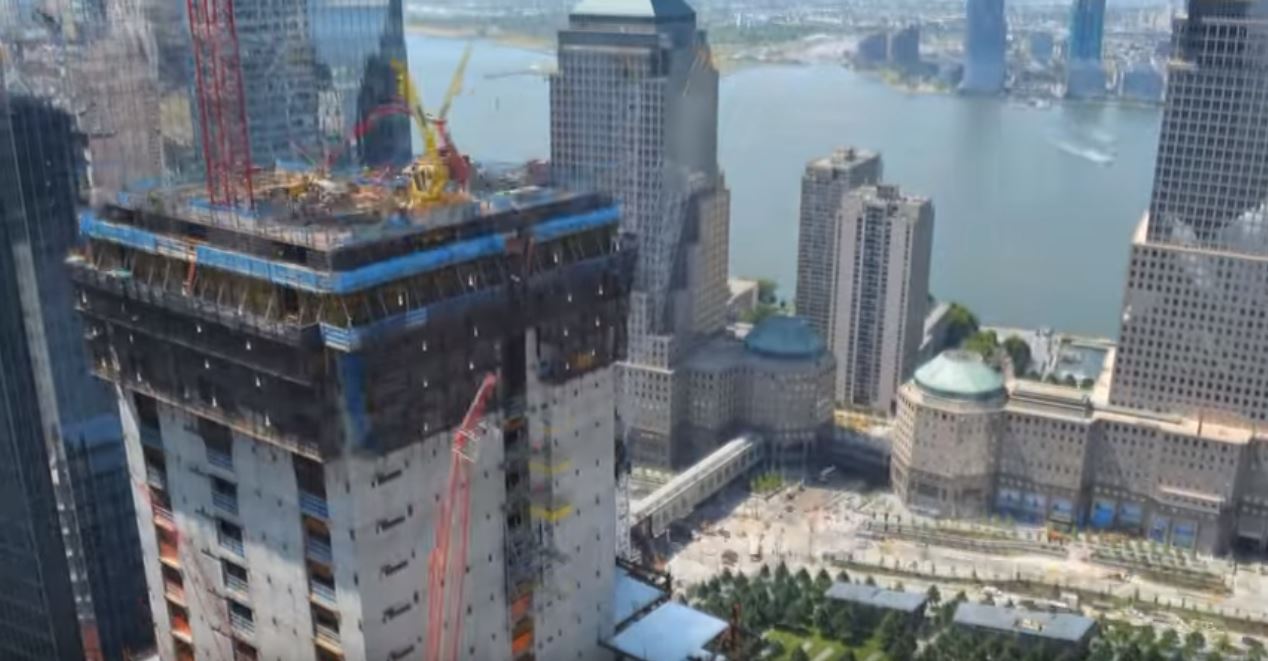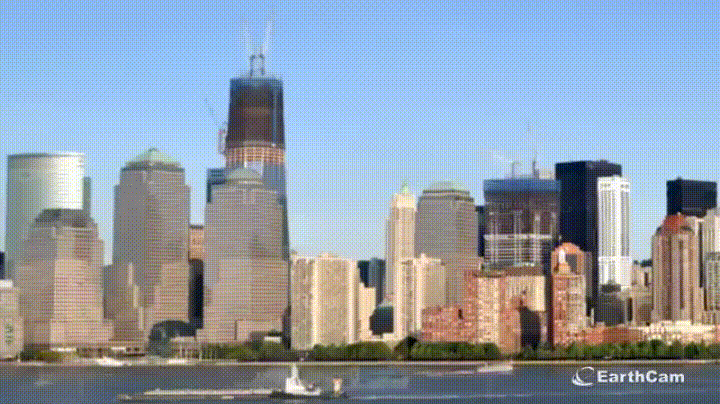Hudson Yards, courtesy of Related-Oxford
Almost 7 years ago, construction began on the west side of Manhattan’s $20 billion mixed-use development. On March 15, 2019, Hudson Yards, as the development is known, has officially opened.
The Hudson Yards development was so massive that it didn’t just include 1 supertall building (at least 300m in height), it included 2 supertall buildings and another over 250m tall, all completed in 2019. 30 Hudson Yards is the tallest at 1268ft (386m), followed by 35 Hudson Yards at 1,009fet (307m), and 15 Hudson Yards at 914ft (278m).
30 Hudson Yards is currently ranked the 30th tallest building in the world, the 8th tallest in the United States, and the 6th tallest in New York City. The Hudson Yards development overall is believed to be the largest private real estate development in the United States by square footage.
In addition to those buildings, the 778 foot tall (237m) 55 Hudson Yards was completed in 2018, One Hudson Yards at 393ft (119m) was completed in 2017, and 10 Hudson Yards at 878ft (267m) was completed in 2016. Yet another supertall building, 50 Hudson Yards, which is expected to be 1011 feet tall (308m) is scheduled for completion in 2022, according to The Skyscraper Center.
The Hudson Yards project is more than a collection of large buildings, however, as it was designed to be planned neighborhood. In addition to housing many businesses, the neighborhood features 14 acres of public space, a new K-8 public school, and over 1,300 affordable housing units.
The development been designed as the first LEED certified neighborhood, although certification is still in progress. Two on-site cogeneration plants are estimated to save 24,000 Megatons (MT) of greenhouse gases from being emitted each year and will serve to provide the neighborhood with a source of electricity, as well as hot and cold water. An estimated 10 million gallons of storm water will also be collected and reused in irrigation and mechanical systems, as well, according to a recent press release.
EarthCam captured more than 3 million photos and 500,000 hours of imagery from December 2012 through March 2019 in order to create the incredible timelapse video below. In order to capture all of the necessary footage on this massive development, the company had to continuously adjust the the 72 robotic cameras that were on-site throughout the project.











While I’ve written a lot about the new Las Vegas Raiders stadium over the past couple of years, that stadium wasn’t the only one to make its NFL debut this season. SoFi Stadium, located in Inglewood, California and the new home to the Los Angeles Rams and the Los Angeles Chargers, officially held its ribbon cutting ceremony on September 8 of this year, but, as well all know, it’s not real until the timelapse video is released.